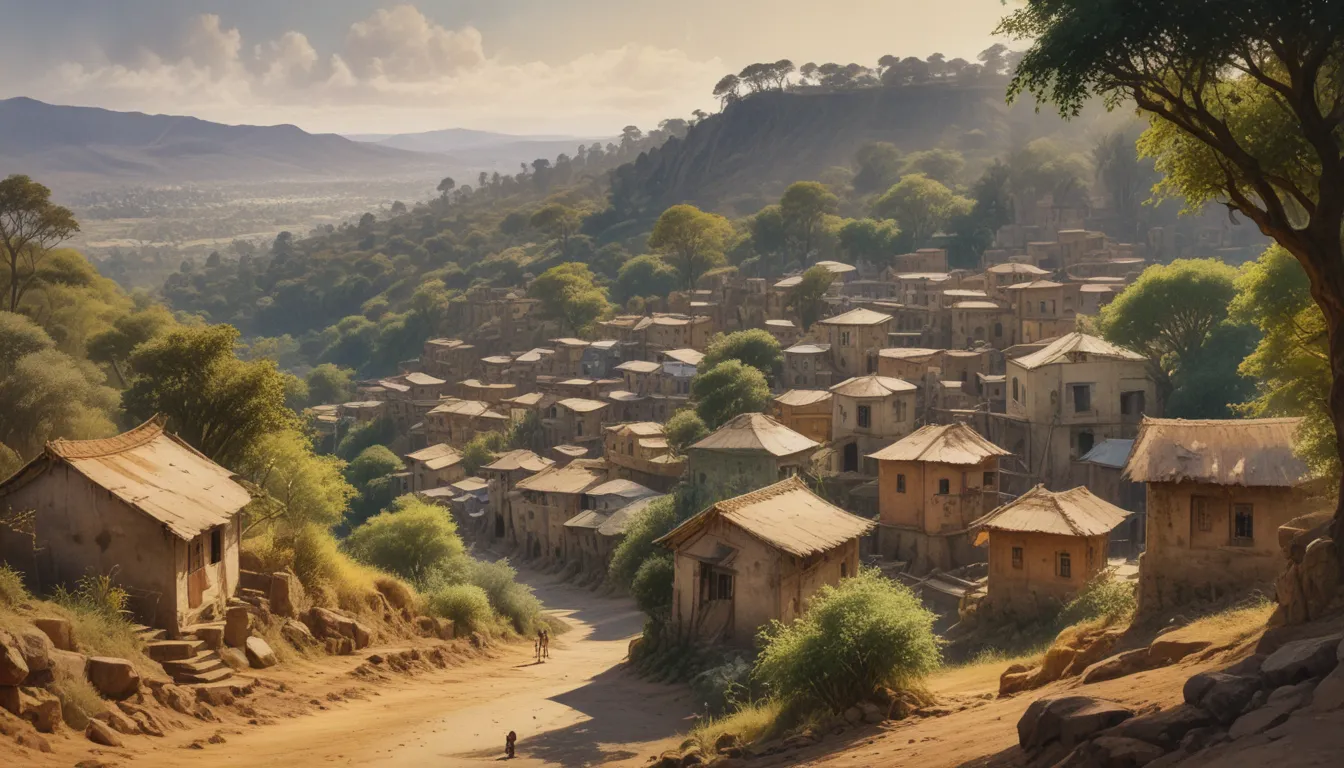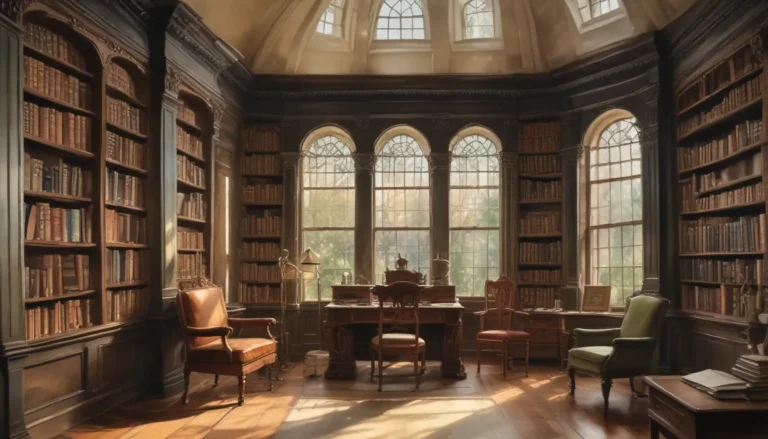The images in our articles are for illustrative purposes only and may not exactly match the content. They are intended to capture your interest and complement the text, not to replace it.
Are you ready to embark on a journey through time and immerse yourself in the rich history and cultural heritage of Ethiopia? Come along as we uncover the enchanting world of Fasil Ghebbi, a UNESCO World Heritage Site nestled in the heart of Gondar. From its majestic architecture to its captivating past, Fasil Ghebbi offers a glimpse into a bygone era, showcasing the grandeur of the Ethiopian Empire.
Unraveling the Mysteries of Fasil Ghebbi
-
A UNESCO World Heritage Site: Fasil Ghebbi stands as a testament to Ethiopia’s rich cultural heritage, recognized by UNESCO for its outstanding historical and architectural value.
-
A Historic Gem in Gondar: Located in the historic city of Gondar, Fasil Ghebbi served as the residence of Ethiopian emperors during the 17th and 18th centuries, making it a hub of political power and cultural significance.
-
Emperor Fasilides’ Legacy: Commissioned by Emperor Fasilides in the 17th century, Fasil Ghebbi covers a sprawling 70,000 square meters and boasts a blend of architectural styles influenced by Ethiopian, Indian, and Arab designs.
-
Guardian Against Invaders: The fortified walls and bastions of Fasil Ghebbi were strategically built to protect the complex from external threats, showcasing the strategic foresight of its architects.
Timeless Beauty and Cultural Significance
-
Timket Festival: Fasil Ghebbi is famous for hosting the annual Timket festival, a religious celebration that draws pilgrims from all corners of Ethiopia to participate in the festivities.
-
Royal Residences and Library: Within the Fasil Ghebbi complex, visitors can explore opulent royal residences and a library filled with valuable manuscripts, offering a glimpse into the royal life of the past.
-
Coronation Ceremonies: Fasil Ghebbi witnessed important coronation ceremonies where Ethiopian emperors ascended to the throne, solidifying their power and legacy.
-
Architectural Marvels: Intricate carvings, decorative motifs, and ornate designs adorn the buildings of Fasil Ghebbi, showcasing the craftsmanship and artistry of the time.
Preserving the Legacy of Fasil Ghebbi
-
Restoration Efforts: Abandoned in the 18th century, Fasil Ghebbi underwent extensive restoration in the 20th century, spearheaded by Emperor Haile Selassie, ensuring its cultural significance endures for generations to come.
-
Tourist Magnet: Today, Fasil Ghebbi remains a major tourist attraction in Ethiopia, welcoming visitors from around the globe to experience its historical splendor and architectural brilliance.
-
Symbol of Sovereignty: As a symbol of Ethiopian sovereignty and resilience, Fasil Ghebbi stands as a testament to the enduring spirit of the Ethiopian people and their rich cultural heritage.
Explore Fasil Ghebbi: A Journey Through Time
Step into the world of Fasil Ghebbi and let its timeless beauty and historical significance transport you to a realm of grandeur and majesty. Whether you are a history enthusiast, an architecture buff, or simply a curious traveler, Fasil Ghebbi promises to enchant and inspire you with its captivating tales and awe-inspiring structures.
Frequently Asked Questions
-
What is Fasil Ghebbi? Fasil Ghebbi is a fortified complex in Gondar, Ethiopia, serving as the residence of Ethiopian emperors in the 17th and 18th centuries.
-
How old is Fasil Ghebbi? Built in the 17th century, construction of Fasil Ghebbi began in 1636 and was completed in 1648.
-
Why is Fasil Ghebbi significant? Fasil Ghebbi is a UNESCO World Heritage Site and a symbol of Ethiopian architectural and cultural heritage, showcasing a unique blend of architectural styles.
-
What are the main attractions inside Fasil Ghebbi? Key attractions include Fasilides Castle and Debre Birhan Selassie Church, famed for its stunning frescoes.
-
Can visitors explore Fasil Ghebbi? Yes, visitors can explore the complex, but it is advisable to hire a guide for a deeper understanding of its history and significance.
-
Is Fasil Ghebbi accessible to tourists? Fasil Ghebbi welcomes tourists year-round, but travelers should check for any travel advisories before planning a visit.
-
Are there annual events at Fasil Ghebbi? The Timket festival, held in January, is a significant religious and cultural event at Fasil Ghebbi, attracting pilgrims and visitors alike.
Explore the wonders of Fasil Ghebbi and delve into the mysteries of Ethiopia’s past. Embrace the opportunity to witness the grandeur of this UNESCO World Heritage Site and immerse yourself in a world of history, culture, and architectural brilliance. Fasil Ghebbi awaits your discovery, ready to enchant and inspire you with its timeless allure.






